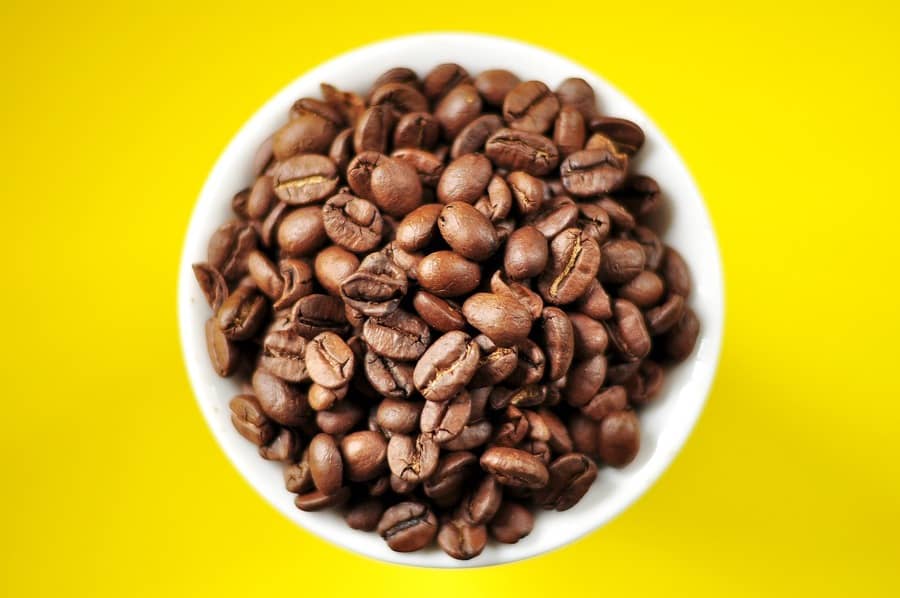Porto Alegre, June 16, 2023 – Sales of the Brazilian new crop continue at a slow pace, with the market experiencing two different realities. The conillon growers slow down sales with an eye on the external rally. The arabica growers, on the other hand, are worried about the decline in prices as the new crop advances in the market. In general terms, there is a preference for selling remainders and keeping new coffee a little longer. The winter in Brazil is also an influencing factor in the decision. The SAFRAS survey pointed to a commitment by growers of 26% of the 2023 crop potential through June 13. This percentage involves, in addition to some physical sales, also barter operations, locks with trading companies, and rollover of the previous crop negotiations. The flow of sales continues well below the same period last year, when sales reached 33% of production. And this is a reflection of the growers’ strategy, especially in the case of arabica, of reducing forward negotiations in the current season due to the negative price difference between the futures and the physicals (inverted spread on ICE US). This helps explain why sales are also well below the five-year average for the period (32%)
Arabica coffee sales reach 28% of the potential production, well below the same period last year, when they were at 36%, and below the five-year average of 34%. Growers still have difficulty in assimilating the market changes. Good cup is currently trading at around BRL 965 a bag in southern Minas Gerais, leaving the line of BRL 1,000 a bag. The idea for delivery in September 2023 is around BRL 940 a bag. Price levels are far away from the BRL 1,300 a bag achieved in the same period last year.
Some sellers prefer to wait a little longer, betting on the Brazilian winter. The fact is that the advance of the harvest is beginning to change the perception of the production size, with a more optimistic scenario prevailing. And that, little by little, makes growers more receptive to sales. On the other hand, external demand continues at a slow pace, preferring to stagger the flow of purchases and buying smaller lots on a hand-to-mouth basis. This also removes liquidity from the market.
The advance of the supply of new coffee into cooperatives and trading regions is still small, even with the better harvest progress. Too many coffee beans are drying, being processed, or resting in bins. Therefore, there is still room for seasonal pressure against prices. The low volume of forward sales and the greater exposure of growers at the crop arrival raise concern. The greater volume of coffee along with the selling need are dangerous for coffee prices. Therefore, it is important for growers to reduce this vulnerability.
In the case of conillon, growers hold supply with an eye on the skyrocketing price of robusta in London. Sales are around 24% of the 2023 crop, involving, besides physical sales, barter operations and business in advance with industries. The trade flow remains below the same period last year, when 28% had already left the hands of growers. And slower than the five-year average (29%). Crop problems, which may lead to a review of production projections, together with the external rally, explain the reluctance of growers, who prefer to hold coffee. Conillon 7/8 in Colatina is bidded at BRL 715 a bag, above the same period last year, when it was around BRL 685 a bag.
Follow the Safras Agency on our website. Also follow us on our Instagram and Twitter and stay on top of the main agribusiness news!
Copyright 2023 – Grupo CMA

